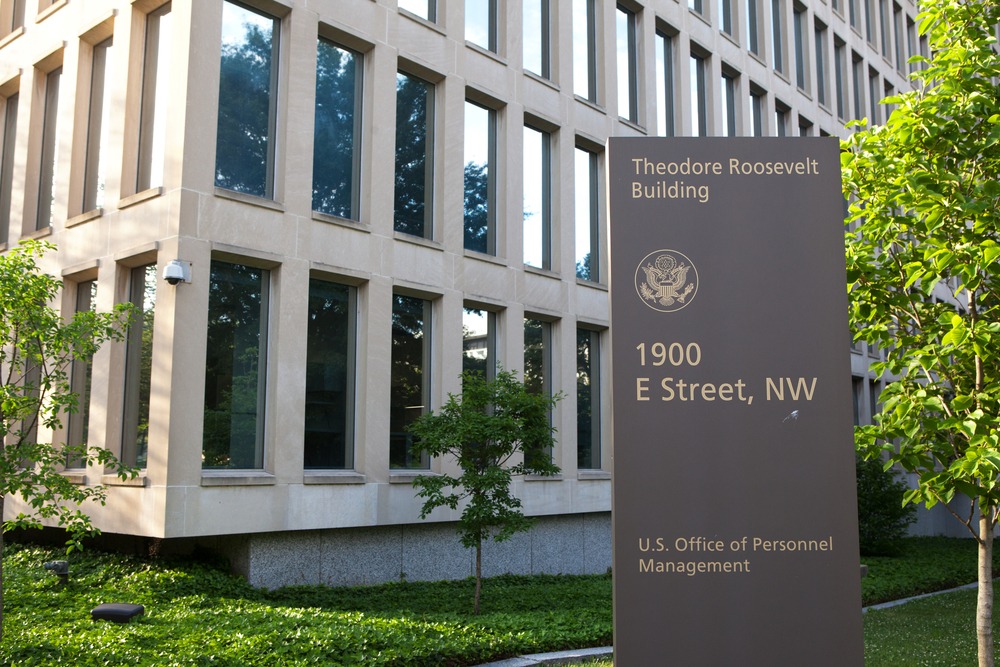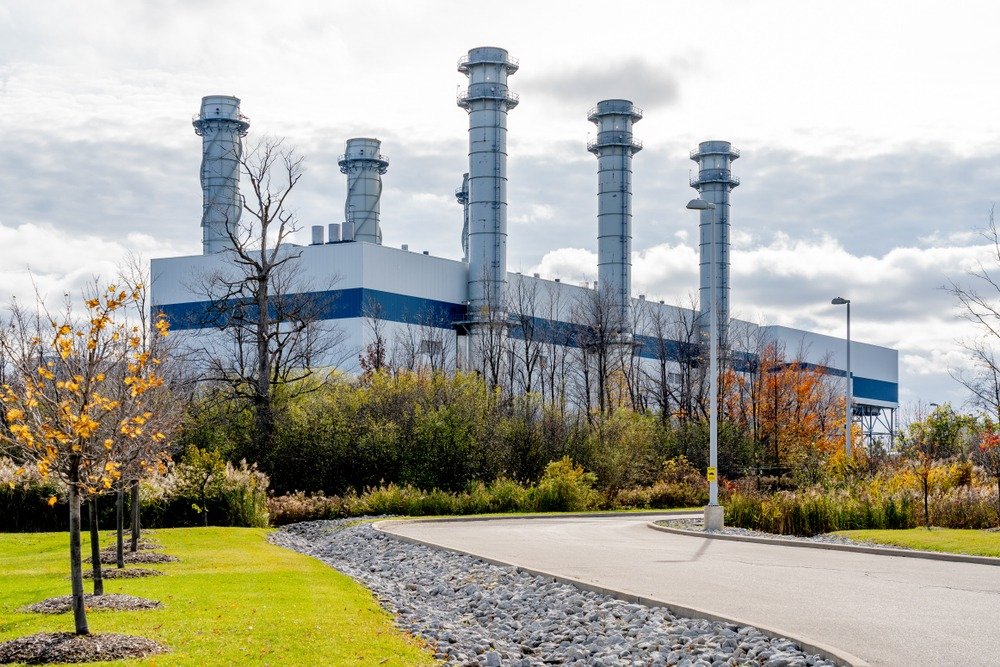In December, US goods shipments to China plummeted. This confirmed a significant deficit in Beijing’s two-year purchase obligations under the “Phase 1” trade agreement struck by former President Donald Trump’s administration. The United States’ 2021 goods trade deficit with China increased by $45 billion, or 14.5 percent, to $355.3 billion. This is the highest level since a record of $418.2 billion in 2018. Due to coronavirus pandemic lockdowns, the 2020 deficit was $310.3 billion, a 10-year low.
Businesses stockpiled inventories to match healthy demand; therefore resulting in a 27 percent increase in the worldwide US trade deficit in 2021 to a record $859.1 billion. The statistics indicated that China fell well short of its pledge to buy an extra $200 billion in agriculture and manufactured products, energy, and services from the United States in 2018, the year before a brutal trade war erupted between the world’s two largest economies.
Trade Agreement by Former Administration
The agreement required China to offer more market access to the United States for its agricultural biotechnology and financial services industries and certain improvements in intellectual property protection. According to economist Chad Bown of the Peterson Institute for International Economics’ examination of final 2021 Census trade figures, China only fulfilled 57 percent of its entire two-year goods and services objectives. He said that Beijing’s purchases of the products, energy, and services targeted in the Phase 1 agreement were insufficient to restore China’s baseline 2017 level of purchases of US imports; which retaliatory tariffs had degraded in 2018 and 2019.
Exports of services to China had previously been a bright spot for American commerce. However, it plummeted as the epidemic curtailed Chinese tourist and business travel to the United States and the flow of Chinese students to American institutions, with just 52% of the objective achieved.
China has been working on implementing the deal “despite the impact of COVID-19, global economic slump, and supply chain interruptions,” according to Liu Pengyu, a spokeswoman for China’s embassy in Washington.
Beijing has asked for the elimination of tariffs on commodities worth hundreds of billions of dollars that were kept in place due to the Phase 1 agreement.













